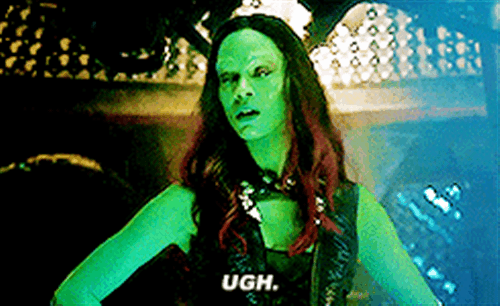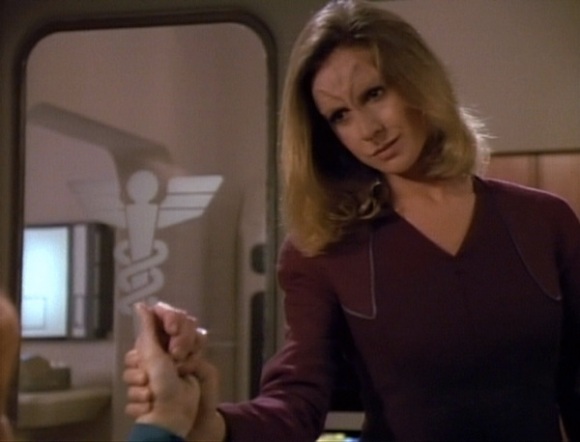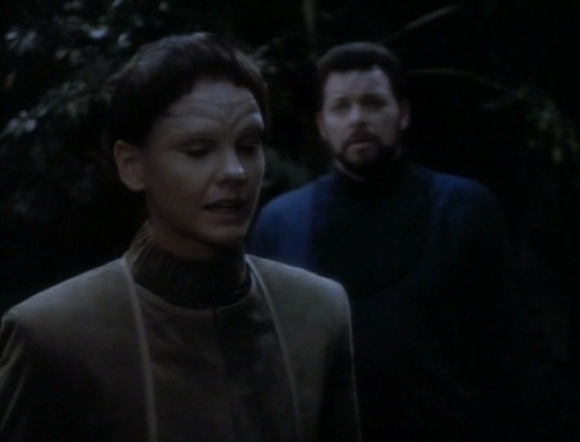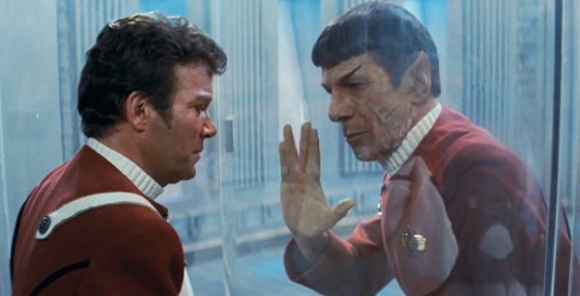
unfridged
feminism and fantasy, science fiction and sexism
Tag Archives: Star Trek: Deep Space Nine
SCARY SEARCH TERMS PART II

Unfortunately, still all real things that led people here:
- sexy black widow
- sexy black widow art
- sexey black widow art
- black widow cleavage naked
- black widow sexy lesbian
- black widow sexey anime
- black widow sex
- wartunes she has all the excitement you need
- wartune ads she has all the excitement you need
- wartunes ads she has all the excitement you need
- gamora and nebula lesbian porn
- gamora and nebula lesbian kiss pictures
- guardians of the galaxy lesbian gamora and nebula
- guardians of the galaxy lesbian porn
- sexy gamora x thanos porn
- nebula from guardians of the galaxy naked
- gamora in bondages
- groot butt
- eternal fury porn
- eternal fury girls porn
- star trek ds9 – jadzia and lenara kahn fanfic
- ezri dax janeway sex
- ms marvel having sex
- miss marvel having sex
- the gamers hands of fate nude
- the gamers hands of fate nudity
- how to train your dragon valka nude
- lesbian how to train your dragon porn tumblr
- sabine and hera lesbian sex fanfiction
- star wars hera sabine lemon fan fiction
- hikaru kaoru nsfw
- pics of ouran high school host club having sex
- sexy anime cleavage
Queering the Star Trek Universe

In 1966, a television show named Star Trek was first aired. The show, which followed the adventures of Captain Kirk and his crew aboard the starship Enterprise, was set in a utopian 23rd Century, a time when disease and poverty had been conquered, hunger was eradicated, and currency was useless. A time when humanity had done away with racism and sexism, and worked only to explore the galaxy and better itself.
Created by Gene Roddenberry, the original series (though problematic by today’s standards) was groundbreaking in its inclusion of both women and actors of colour who occupied highly placed and highly visible positions aboard the Enterprise. This diversity made the show much more than just another flashy, over-the-top space opera, and was directly responsible for the show’s success, a success that brought about four more television series, and a plethora of movies, novels, video games, and comics.
Star Trek was always unabashedly hopeful. By the time the first three sequels—Next Generation, Voyager, and Deep Space 9—take place, Earth has already spent 200 years without poverty and starvation. The shows represented the idea that whatever was thrown at humanity, we would triumph and persevere. It’s a theme that seems almost embarrassingly earnest given the darker, more dystopian tone of contemporary science fiction, but it’s a message that struck a chord with the original audience, and continues to do so enough to merit revisiting the world again and again. Roddenberry, in a 1973 speech, says it himself: “The whole show was an attempt to say that humanity will reach maturity and wisdom on the day that it begins not just to tolerate, but to take a special delight in differences in ideas and differences in life forms.”
But it’s because of Star Trek’s commitment to progress that one glaring omission stands out: there has never been a queer character in any of the shows. According to Star Trek lore, as a species, we have undergone a third world war, human genetic modification run amok, and a nuclear holocaust, and we’ve come out stronger for it. Are we really then still so heteronormative? In this hard-earned utopia, is there really no room for anything but straightness?
Two generations and not a whole lot of progress
Though it would have been almost unheard of to include visible queerness in the 1960s Original Series, according to George Takei (who played Lieutenant Hikaru Sulu and has since become a staunch queer rights activist), Roddenberry did want to address the issue. He didn’t, ostensibly because of the show’s precarious, about-to-be-canceled position. But in 1987, right before the beginning of The Next Generation, Roddenberry said at a convention that “we should probably have a gay character.” The first four seasons went by, however, without much of anything. Ship doctor Beverly Crusher rejected a lover once his consciousness had been transferred to a female body (in season four’s “The Host”), and that was basically it.

Your loss, Beverly.
There was a lovely little season three moment where Whoopi Goldberg changed one of her lines from “when a man and woman love each other” to “when two people love each other,” but when Goldberg also tried to get a queer couple sitting together in the background, the production team intervened.
Roddenberry remade his promise in 1991, telling The Advocate that season five of TNG would bring a gay character. He unfortunately died before the start of that season, and instead of a recurring queer cast member, we got the episode “The Outcast,” in which Riker falls in love with Soren, a member of the androgynous J’naii, who, despite the stigmas of her culture, identifies as a woman. Since the J’naii are all played by women, the effect is such that it seems like adorable, feminine Soren is being victimized by a group of dangerous, man-hating butch women. Not exactly the inclusive message that was intended to pacify an audience clamouring for more diversity (an audience that in the end resented the use of metaphor that cloaked their reality). It bears mentioning that Jonathan Frakes, who played Riker, thought the episode was too safe and tried to get a man cast as Soren, but was ultimately shot down.

“Our hetero love cannot be!”
Many fans blame Roddenberry’s heir Rick Berman, and it’s true that under his watch, the series never featured any explicitly queer characters, even while contemporaries like Will & Grace were making huge steps in terms of representation. TNG could have been at the forefront, had a proposed episode called “Blood and Fire” been made. The episode contained a pretty stark metaphor for AIDS paranoia—in the form of the incurable Regulan blood worms—and a veiled, passing reference to two crewmen having been together since the academy. But even that small nod was too much, and “Blood and Fire” now only exists as a fan-made film.
The subtext that never became text
Over on Deep Space Nine, the track record for queer representation was a little better. A Cardassian character named Elim Garak was introduced early on and, well, I’ll let actor Andrew Robinson explain what happened:
“I started out playing Garak as someone who doesn’t have a defined sexuality. He’s not gay, he’s not straight, it’s a non-issue for him. Basically his sexuality is inclusive. But—it’s Star Trek and there were a couple of things working against that. One is that Americans really are very nervous about sexual ambiguity. Also, this is a family show, they have to keep it on the ‘straight and narrow,’ so then I backed off from it. Originally, in that very first episode, I loved the man’s absolute fearlessness about presenting himself to an attractive human being. The fact that the attractive human being is a man (Bashir) doesn’t make any difference to him, but that was a little too sophisticated I think. For the most part, the writers supported the character beautifully, but in that area they just made a choice they didn’t want to go there, and if they don’t want to go there I can’t, because the writing doesn’t support it.”
Nothing ended up happening between Garak and doctor Julian Bashir, though that certainly didn’t stop the audience from wanting it to.

I DIE.
The next almost-moment came in 1995, with the DS9 episode “Rejoined.” The introduction of the Trill species represented a turning point, and Lieutenant Commander Jadzia Dax in particular had a view of gender and sexuality that was more fluid, and obliquely queer, than most other characters. Jadzia was joined with the Dax symbiont, a slug-like life form that, when combined with a Trill host, created a whole new individual who nevertheless was in possession of the memories of each previous host. Because of this, Jadzia remembered living as both a man and woman. In the episode, it is heavily discouraged that a current host for the symbiont have anything to do with the significant others of past hosts, but Jadzia meets Lenara Khan, another joined Trill who remembers Dax as her husband. The two are drawn to one another, and even share a kiss, but in the end choose to give in to the expectations of their people, and never see each other again. Jadzia goes back to dating men exclusively.

Why anyone thought this should only be a one time thing is beyond me.
“But wait a minute,” you might be thinking. “There were a lot more instances of queerness in Deep Space Nine.” And that is true. When a Ferengi woman disguised as a man admits to having feelings for bar owner Quark, Jadzia takes it in stride before knowing about her true identity (“Profit and Lace”). Constable Odo, as a shapeshifter or “changeling,” is only superficially male, though there is never any exploring of gender, and his only relationship is with a woman.
“But no,” I can hear you saying. “There was that whole mirror universe. Everyone was queer there.” And here’s where things get tricky. In the Star Trek world, there is a mirror universe where everyone is evil and historical events have happened in radically different ways (yes, it’s basically as lame as it sounds). First introduced in the Original Series, the universe is revisited in four separate DS9 episodes. The evil versions of two characters, Kira Nerys and Ezri Dax, show a marked interest in women, but it’s precisely because they’re the evil bisexual versions of two good and straight characters that I don’t count them as particularly positive examples of queer representation. They both feed directly into the sly, untrustworthy bisexual stereotype (a trope from which even ex-spy/potential war criminal Garak isn’t exempt).
None of the characters who ever express queer desire are human, and despite the indirect little mentions that peppered the different series, none of the television shows ever had a long-standing character that was textually anything less than one hundred percent heterosexual.
Boldly going forward
So what happens now? Well it isn’t too late to inject the Star Trek universe with some much-needed diversity, and this isn’t exactly a new request. In 2001, shortly before Enterprise premiered, Salon published a piece that wondered whether there would finally be a queer character. Twelve years later, Wired asked the same question, this time of the upcoming film Star Trek: Into Darkness.
At least according to Enterprise showrunner (and former TNG intern) Brannon Braga, the lack of casually queer characters was a real missed opportunity, and one that he doesn’t think would be replicated today:
“There was a constant back and forth about well how do we portray the spectrum of sexuality. There were people who felt very strongly that we should be showing casually, you know, just two guys together in the background in Ten Forward. At the time the decision was made not to do that and I think those same people would make a different decision now because I think, you know, that was 1989, well yeah about 89, 90, 91. I have no doubt that those same creative players wouldn’t feel so hesitant to have, you know, have been squeamish about a decision like that.”
But still, the J. J. Abrams rebooted movies haven’t exactly delivered in this respect, despite the fact that we’re in 2013 and this shouldn’t still be an issue. There has, however, been talk of a new television series, which could provide more opportunities to repair past mistakes.
For now, any mention of queer love between Starfleet officers will have to remain in the realms of fan fiction. There you can spend a lifetime reading all the Janeway/Seven stories that have been written, and enjoy the fact that the Spock/Kirk relationship was so popular and so central to people’s understanding of the characters that Star Trek novel publisher Pocket Books felt the need to explicitly state that they were “not interested in books that suggest anything other than friendship between Kirk and Spock” in their submission guidelines. We may still be waiting, but boy are we ready.

All screencaps via trekcore.
